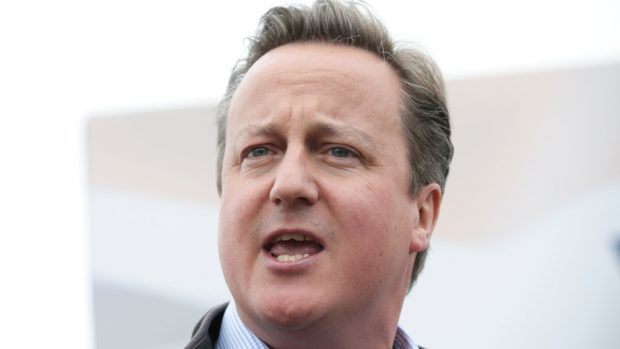David Cameron has rejected a claim by the former head of the Royal Navy that Britain has run out of money for shipbuilding on the Clyde.
SNP MP Steven Paterson raised Admiral Lord West of Spithead’s comments in the House of Commons yesterday during Prime Minister’s Questions.
Earlier this week, the former first sea lord and Labour peer called on the UK Government to “come clean” and admit a lack of money was delaying the frigate programme.
Stirling MP Mr Paterson asked: “Given reports that another Russian submarine has had to be escorted out of UK waters overnight, do you share my concerns that the delays to beginning work on new frigates at the Clyde shipyards are causing real problems?
“Do you agree it is essential that the money is allocated to deliver this programme in full and on schedule?”
Mr Cameron hit back: “It is certainly not the case that this country has in any way run out of money, or run out of ambition, when it comes to shipbuilding.
“We are currently building the two largest ships the Royal Navy has ever had. We will shortly be commissioning the Type 26 programme, as well as the offshore patrol vessels.”
He said the “only one way” to threaten shipbuilding on the Clyde would be “by pulling out of the UK and seeing jobs decimated as a result”.
Claims have been made that construction of the eight new Type-26 warships was being put back until at least 2018, risking jobs and skills.
But the MoD has confirmed its commitment to spend £8billion on Royal Navy warships over the next decade.
A spokesman said because Scotland had voted to remain part of the UK, the Clyde would continue to be an important manufacturing base for them.
